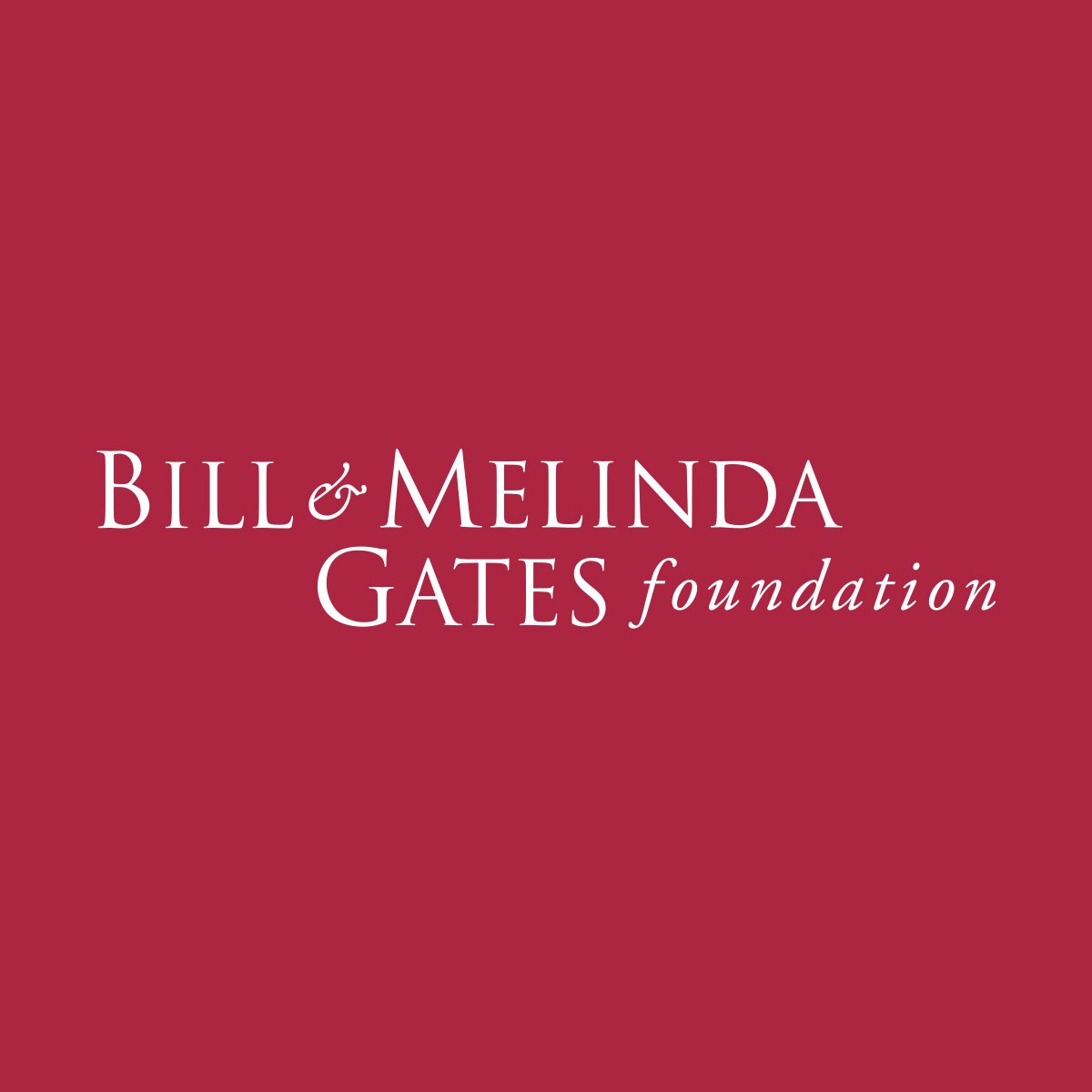Maureen Okpe
The Bill and Melinda Gates Foundation has called for urgent action to reduce the rate of mother and child mortality in line with the United Nations Sustainable Development Goals (UN-SDGs).
The foundation seek help to put the world back on track to achieve the global goal of cutting the maternal mortality rate to less than 70 out of 100,000 births and newborn mortality to 12 deaths per 1,000 live births by 2030.
This was contained in the Bill and Melinda Gates Foundation’s seventh annual Goalkeepers Report released on Tuesday, showing a worldwide shortfall of achieving the SDGs.
It also shows where innovation and investment could advance progress, particularly in the fight against the global epidemic of maternal and child mortality.
The report, co-authored by foundation Co-chairs, Melinda French-Gates and Bill Gates, highlighted new data that shows the potential of scaling up global access to seven innovations and practices.
“By making new innovations accessible to those who need them most, two million additional lives could be saved by 2030, and 6.4 million lives by 2040.
“That’s two million families spared an unimaginable heartbreak and two million more people who can shape and enrich our world,” the authors said.
The report noted that since 2016, progress in reducing global maternal mortality has stalled, and in some countries, including the United States, death rates have risen steadily
It said, globally, nearly 800 women die in childbirth every day, acknowledging that deaths of children under five continued to decline since the mid-2010s.
The report explained that the first month of a newborn’s life continued to be the most dangerous, accounting for almost half of all under-five deaths today
It also said that 74 per cent of child deaths happen during a baby’s first year.
The report acknowledged the global efforts between 2000 and 2015 that significantly improved the health of mothers and babies and the progress stalled since COVID-19 hit.
It explained how the discovery of revolutionary information about maternal and child health in the last 10 years led to low-cost and easy-to-implement innovations and practices.
Full statement:

